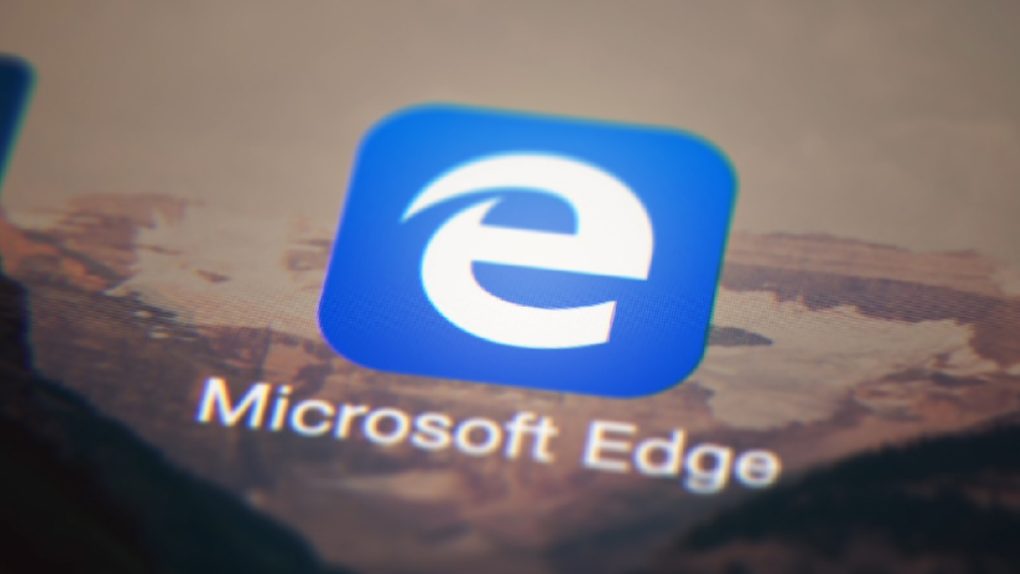Once Mark Zuckerberg realized a year or so ago the degree to which fake news had become a pretty widespread problem across his beleaguered social network — that it was getting swamped by everything from sketchy publishers to trolls and Russians — he decided to attack the problem. By, well, not directly attacking the problem. More like doing his best to wall it off and push it to one corner where he hopes Facebook visitors will never see it.
We’re talking, of course, about his decision roughly coinciding with the 2016 presidential election to combat fake news by just dialing the organic reach of every brand and news publisher account on the platform even closer to zero than it already was. Voila! You don’t have to get into the messy business of making editorial calls about what’s fake news and what isn’t — potentially pissing off big swaths of your user base — if you just tamp down the reach of everything that’s not a personal Facebook account.
On the other end of the spectrum, meanwhile, you can do the hard but necessary work to straight-up make an editorial judgement and call out publishers, one by one, in accordance with a set of journalistic principles. Who’s adhering to them, and who’s not, in other words. That’s the approach Microsoft has started taking with its Edge browser, through a partnership with the news rating company NewsGuard.
Here’s how it works. If you open the Edge mobile browser — the new update for this includes both iOS and Android users – you’ll need to turn on the news rating option within the browser’s Settings menu. After you do that, visit the website for, say, the UK tabloid The Daily Mail. You’ll see a red exclamation mark near the top of the screen, which you can tap to see a warning pop up that looks like this:
A couple of important points here: First, this only works on the mobile version of Edge, not the desktop version. Microsoft, which reached a partnership with NewsGuard as part of the tech giant’s “Defending Democracy” program, also stresses that all the judgement calls come from NewsGuard, with no oversight from Microsoft.
To see what the label looks like on the opposite end of the spectrum, here’s the stamp of approval you see when you use the Edge browser to visit a site like The New York Times:
The editorial approach here is closer to what you see with services like Flipboard and Apple News, which blend human curation with algorithms to try and keep fake news out and let the highest quality content rise to the surface. However, this plug-in for the Edge browser puts human judgements front and center, using bold warnings to try and scare people away from publishers with questionable track records.
Mail Online, for its part, released a statement in response to the label it’s been given from NewsGuard, saying that the publisher is in talks with the company to get “this egregiously erroneous classification resolved as soon as possible.”








